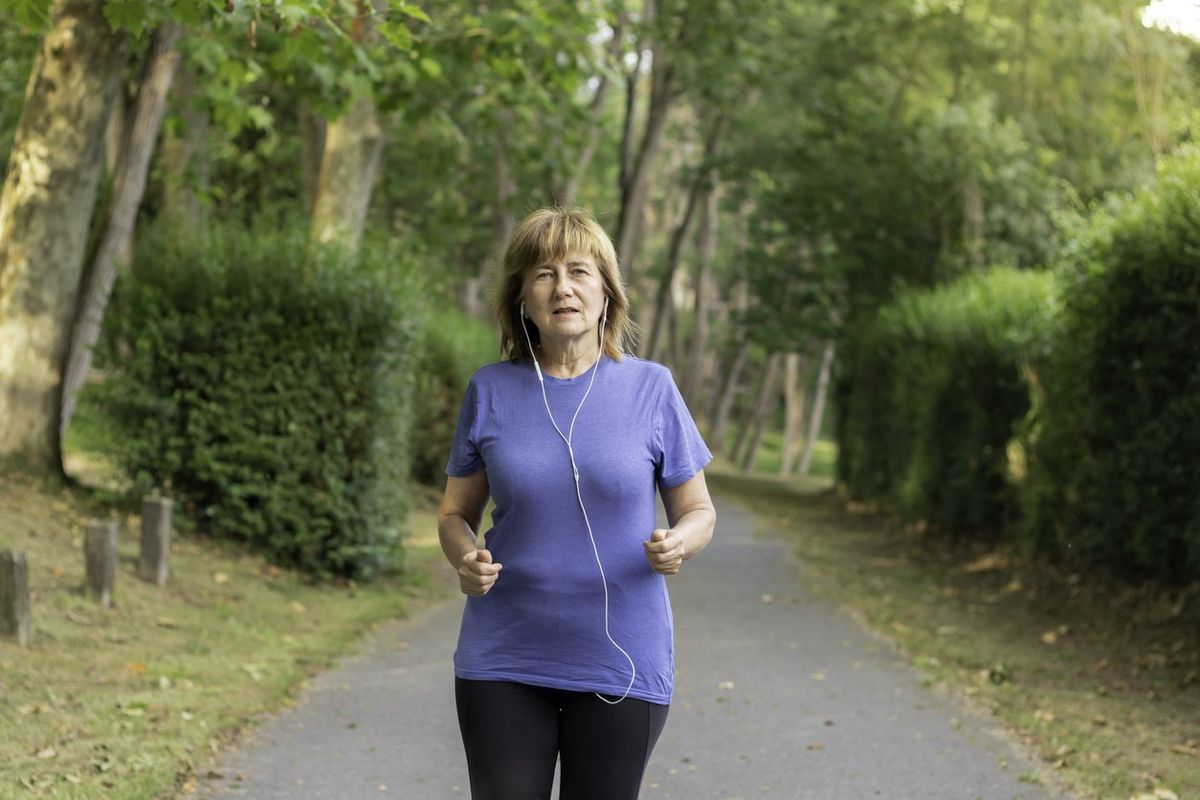How's that "I'm-gonna-exercise-more" resolution doing?
Whether you've been inactive for awhile or you get physical somewhat regularly, you may have pledged that this would be the year you'd do more.
For most of us, that resolution means increasing the amount of time we spend walking, cycling, using weights or taking activity classes. Those are all good endeavors, but, surprisingly, can leave you still physically unfit. Even if you exercise, you might not be able to carry a 20-pound bag of dog food from the store to your car, climb three flights of stairs, mow your lawn completely in one session, or retrieve a box from a high shelf.
Such loss of physical function is usually associated with aging, but it may begin much earlier in life, especially for women. If you've been more sedentary than not, this loss can begin in your early 20s to 30s. Even with activity, the process may accelerate after age 50.
What you need for good physical health is not just fitness—you need functional fitness.
More than Exercise
Functional fitness combines muscular strength, power and endurance with balance and flexibility. It's "the level of fitness necessary to perform a range of functional movements and tasks, such as driving, climbing ladders, gardening or laundry," says Patricia A. Brill, PhD, FACSM, an exercise physiologist and senior public health manager for Harris County (Houston), TX.
Does functional fitness really matter?
Consider this: More than 13,600 people, aged 40 and up, who had never had a stroke, heart attack or cancer, were categorized by researchers on a scale of how well they could climb, kneel, bend and lift. Several years later, the subjects were assessed for how many strokes they had experienced. Those who had originally scored in the top 25 percent for physical function had a 50 percent lower occurrence of stroke than those with low scores. That measure held true even after considering factors such as age, body mass, smoking, economic level and—yes—physical activity.
While it's more likely that people who exercise regularly will have better physical function, there are often gaps in such conditioning. "The key to functional fitness training is integration. It's about working various muscle groups together, rather than isolating them," says Dr. Brill, who is also the author of Functional Fitness for Older Adults (Human Kinetics, 2004).
For example, she notes that conventional weight training builds individual muscle groups without teaching them to use their strengths in a unified way. Likewise, a walking-only regimen shortchanges your body in other functional areas.
Test Yourself
You can judge your own functional fitness. Younger women may notice they're having trouble hoisting a baby or moving cartons of supplies from a vehicle's trunk; older women might find it hard to get up from a chair or to press down forcefully on the car's brakes.
Dr. Brill notes these three key warning signs of declining functional fitness:
- Difficulty picking up, lifting or carrying objects, especially those weighing more than 10 pounds
- Loss of balance while standing, walking or going through your normal daily activities
- Inability to walk one-quarter of a mile
If you have trouble in any of these areas, it's time to take action, no matter what your age. A study conducted for the American Council on Exercise (ACE) showed that older adults—all of them regular exercisers—who began simple functional fitness training (strengthening, lifting, reaching and bending exercises) showed significant improvement in just a few weeks.
Three for Function
It's easy to incorporate functional fitness into your activity plan at least three times a week.
Dr. Brill recommends the first two exercises below, among others; the third is part of a functional fitness workout created for ACE (based on its research) by exercise physiologist Fabio Comana:
- Sky Extension
- Stand in a squat position (knees forming a 45° angle), feet shoulder-width apart.
- Holding a light weight (2 to 3 pounds) in each hand, place your arms in front of your thighs, palms facing out.
- Slowly lift your hands to your shoulders.
- Stand up straight, extending the hand weights toward the ceiling until they touch (with your palms facing in).
- Keeping your elbows pointed toward the ceiling, slowly lower hands behind your head; then lift back up toward the ceiling.
- Lower weights and return to starting position. Repeat.
- As you get accustomed to the exercise, you may gradually increase the weight to 5 pounds or use a weighted ball (4 to 6 pounds).
- Easy Row
- Stand with feet shoulder-width apart.
- Holding a light weight (see above exercise) in your right hand, let your right arm hang down, palm facing in.
- Bend over and place your left hand on your left knee.
- Slowly raise your right hand up toward your armpit. Keep hand close to body.
- Lower to starting position. Repeat.
- Then return to standing position and switch weight to left hand.
- Bend over and place your right hand on your right knee.
- Using left hand, follow steps 4 and 5 above.
- Step Over
- Place a 6-inch-tall can [or plastic cup] on the floor. Stand about 6 inches behind it, feet facing forward.
- Slowly lift your right leg. While maintaining your balance, step over the can.
- Shift your weight to balance on your front leg.
- Lift your left leg and step over can.
- Return to starting position by stepping back over can. Repeat 10 times.
- After a week of performing this exercise, add a side step-over motion, also repeated 10 times.
- As you become comfortable with the 6-inch height, gradually increase the height of the object you're stepping over, up to 12 inches.







